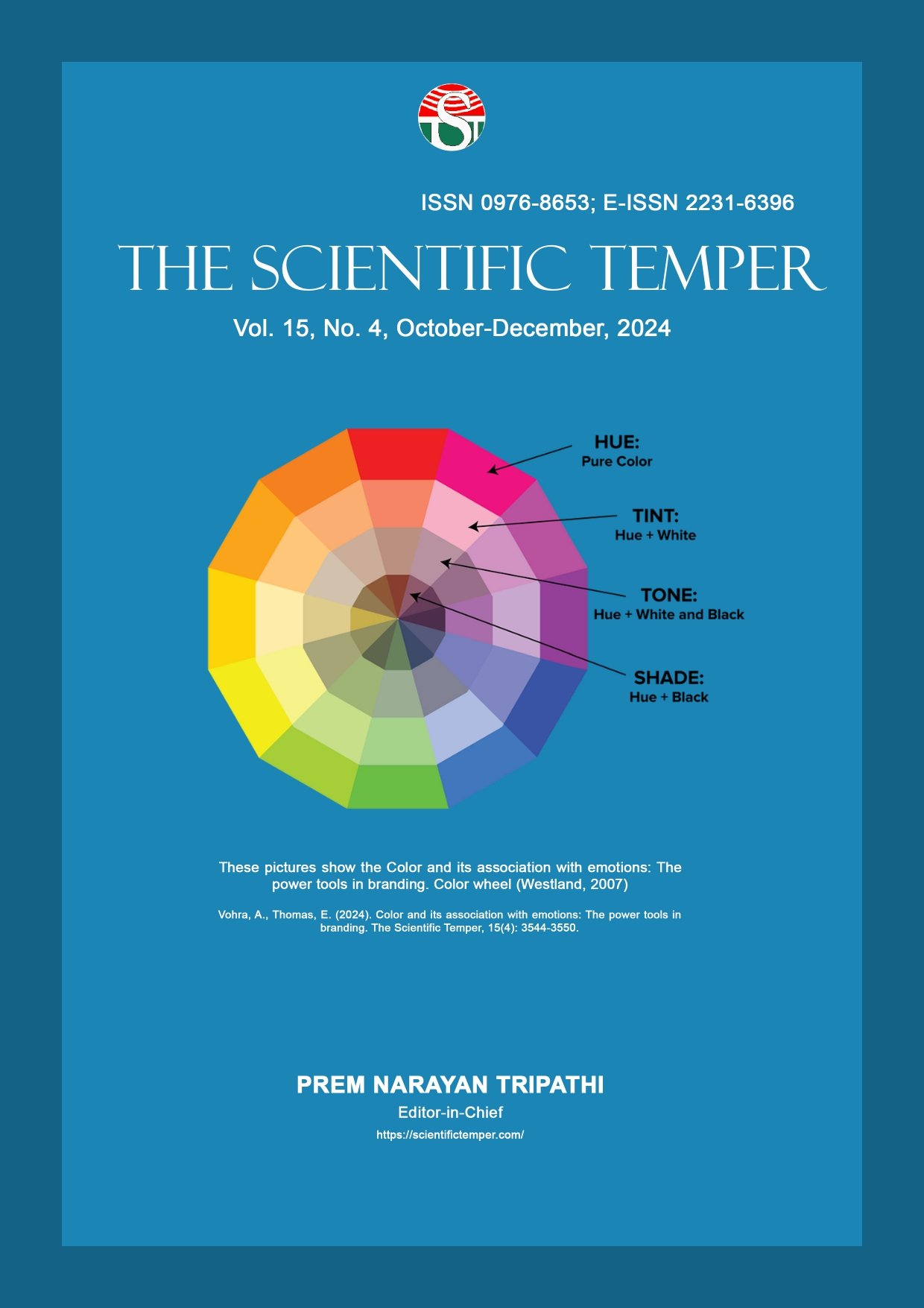FR-CNN: The optimal method for slicing fifth-generation networks through the application of deep learning
Downloads
Published
DOI:
https://doi.org/10.58414/SCIENTIFICTEMPER.2025.16.1.51Keywords:
Faster R-CNN, Deep learning, Network slicing, Deep belief network, Neural network.Dimensions Badge
Issue
Section
License
Copyright (c) 2025 The Scientific Temper

This work is licensed under a Creative Commons Attribution-NonCommercial-ShareAlike 4.0 International License.
The 5G network is expected to accommodate numerous novel use cases originating from vertical businesses in mobile broadband communication service. Higher standards of execution, affordability, security, and board-level adaptability are only a few of the difficult needs brought on by these recently changed conditions. The current organizational strategy of using a one-size-fits-all blueprint is not practicable. An emerging strategy for sustainably meeting these diverse criteria is to split a single physical network into multiple logical networks, each tailored to a unique set of requirements. The authors of this work created a hybrid learning approach to network slicing. Improving weighted feature extraction (OWFE), data collection, and slicing classification are the three processes recommended for this work. A dataset of 5G network slices is used as an initial input. This dataset contains metrics such as bandwidth, duration, modulation type, delay rate, jitter, speed, user device type, packet loss ratio, and packet delay budget. The last step is to use the Faster R-CNN model, which includes the RPN model, to classify the values provided. From this model, one can generate precise network slices like URLLC, mMTC, and eMBB. A change in the configuration of accurate 5G organization slicing would be brought about by the suggested approach, according to the findings of the study.Abstract
How to Cite
Downloads
Similar Articles
- Gautam Nayak, Parthivkumar Patel, Developing speaking skills through task-based learning in English as a foreign language classroom , The Scientific Temper: Vol. 15 No. 04 (2024): The Scientific Temper
- Kavitha V, Panneer Arokiaraj S., RPL-eSOA: Enhancing IoT network sustainability with RPL and enhanced sandpiper optimization algorithm , The Scientific Temper: Vol. 15 No. 03 (2024): The Scientific Temper
- Abhishek Dwivedi, Shekhar Verma, SCNN Based Classification Technique for the Face Spoof Detection Using Deep Learning Concept , The Scientific Temper: Vol. 13 No. 02 (2022): The Scientific Temper
- Ashish Nagila, Abhishek K Mishra, The effectiveness of machine learning and image processing in detecting plant leaf disease , The Scientific Temper: Vol. 14 No. 01 (2023): The Scientific Temper
- Shobhit Shukla, Suman Mishra, Gaurav Goel, River flow modeling for flood prediction using machine learning techniques in Godavari river, India , The Scientific Temper: Vol. 14 No. 03 (2023): The Scientific Temper
- D. Padma Prabha, C. Victoria Priscilla, A combined framework based on LSTM autoencoder and XGBoost with adaptive threshold classification for credit card fraud detection , The Scientific Temper: Vol. 15 No. 02 (2024): The Scientific Temper
- Ayesha Shakith, L. Arockiam, Enhancing classification accuracy on code-mixed and imbalanced data using an adaptive deep autoencoder and XGBoost , The Scientific Temper: Vol. 15 No. 03 (2024): The Scientific Temper
- Archana G, Vijayalakshmi V, Improving classification precision for medical decision systems through big data analytics application , The Scientific Temper: Vol. 15 No. 04 (2024): The Scientific Temper
- B. Kalpana, P. Krishnamoorthy, S. Kanageswari, Anitha J. Albert, Machine learning approaches for predicting species interactions in dynamic ecosystems , The Scientific Temper: Vol. 15 No. 03 (2024): The Scientific Temper
- S. Sindhu, L. Arockiam, A lightweight selective stacking framework for IoT crop recommendation , The Scientific Temper: Vol. 15 No. 04 (2024): The Scientific Temper
<< < 4 5 6 7 8 9 10 11 12 13 > >>
You may also start an advanced similarity search for this article.


